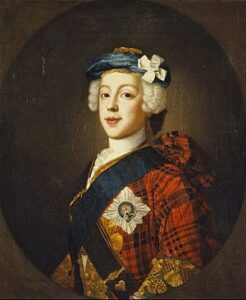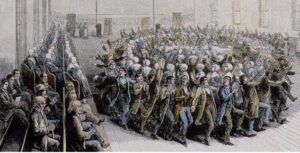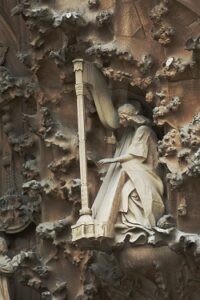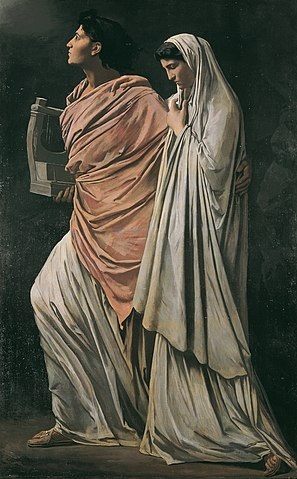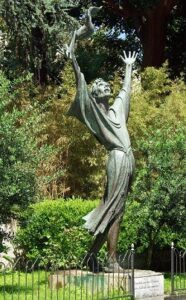
One of the greatest pleasures for me in writing these music posts lies in finding out about choral composers who are active today. Yes, it’s always rewarding to find out more about the creative geniuses of the past, and I’m typically surprised when diving into the life of someone such as, say, Antonio Vivaldi or Robert Schumann. So fascinating! But guess what? I can’t go onto those guys’ websites and use the contact form. I can’t message them on Facebook. It’s very gratifying to get info straight from the composer’s mouth, as it were, as I’ve been privileged to do a number of times.
So I was pleased to find out that we’re singing a piece by Elaine Hagenberg for the October 2021 concert of the Cherry Creek Chorale, my beloved community choir. Our conductor, Brian Leatherman, had told us previously that a consortium of choirs had commissioned a 20-minute piece from Hagenberg which will be premiered in May 2022, but I didn’t know until the music list came out that we were also performing an already-published short work of hers. The title led me to believe that we were singing the Randall Thompson version, which we have done before and which is seriously, seriously great. But so is the Hagenberg piece! My take, as a totally underqualified music analyst, is that Thompson is . . . sturdier? And Hagenberg more . . . lyrical? Or is that too gender stereotypical? What I think is really interesting is that Thompson’s piece is more than double the length of Hagenberg’s but that he uses only the single word “alleluia,” while Hagenberg has a middle section in which she uses text from St. Augustine. Very different approaches, totally masterful results.

